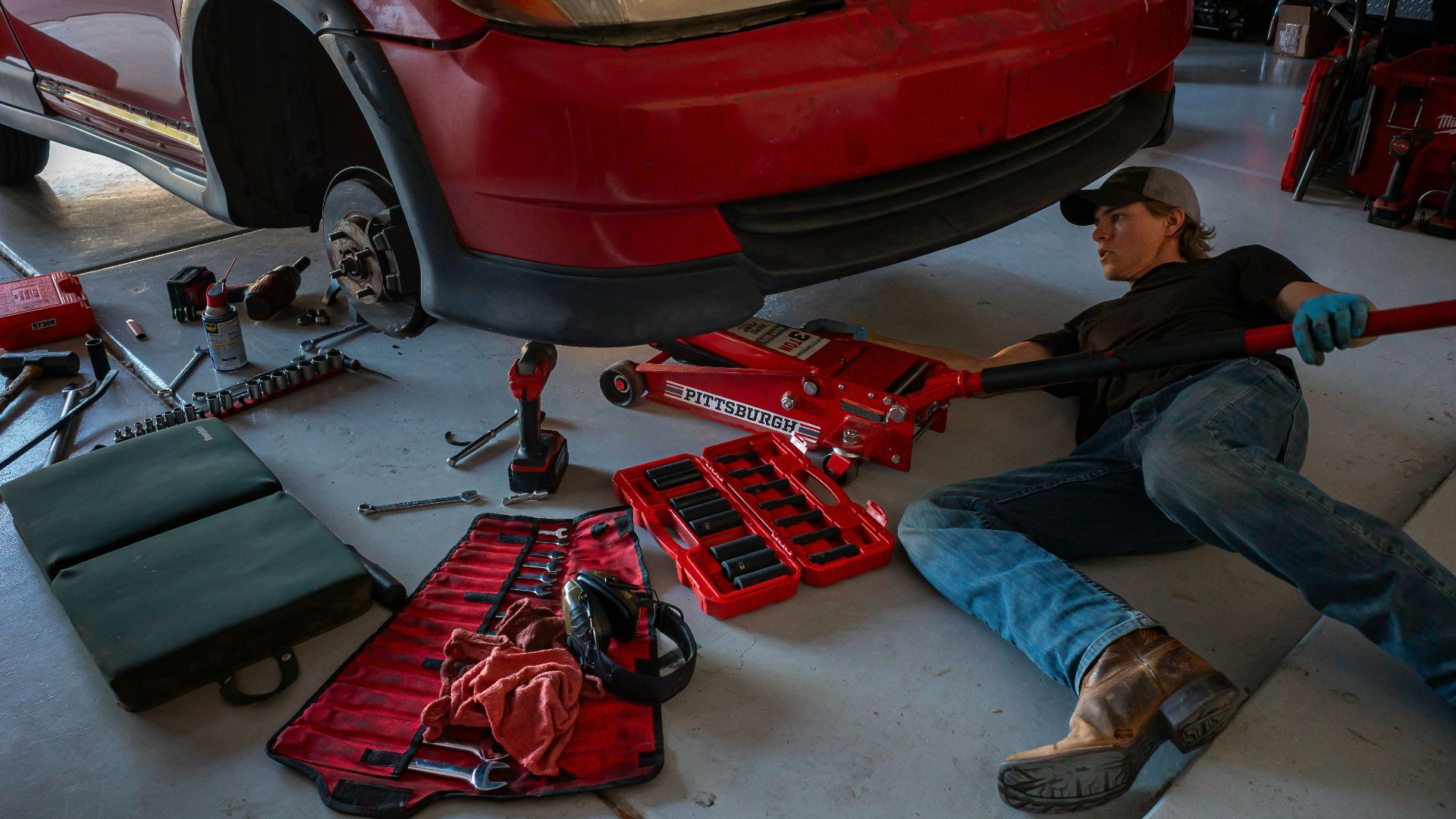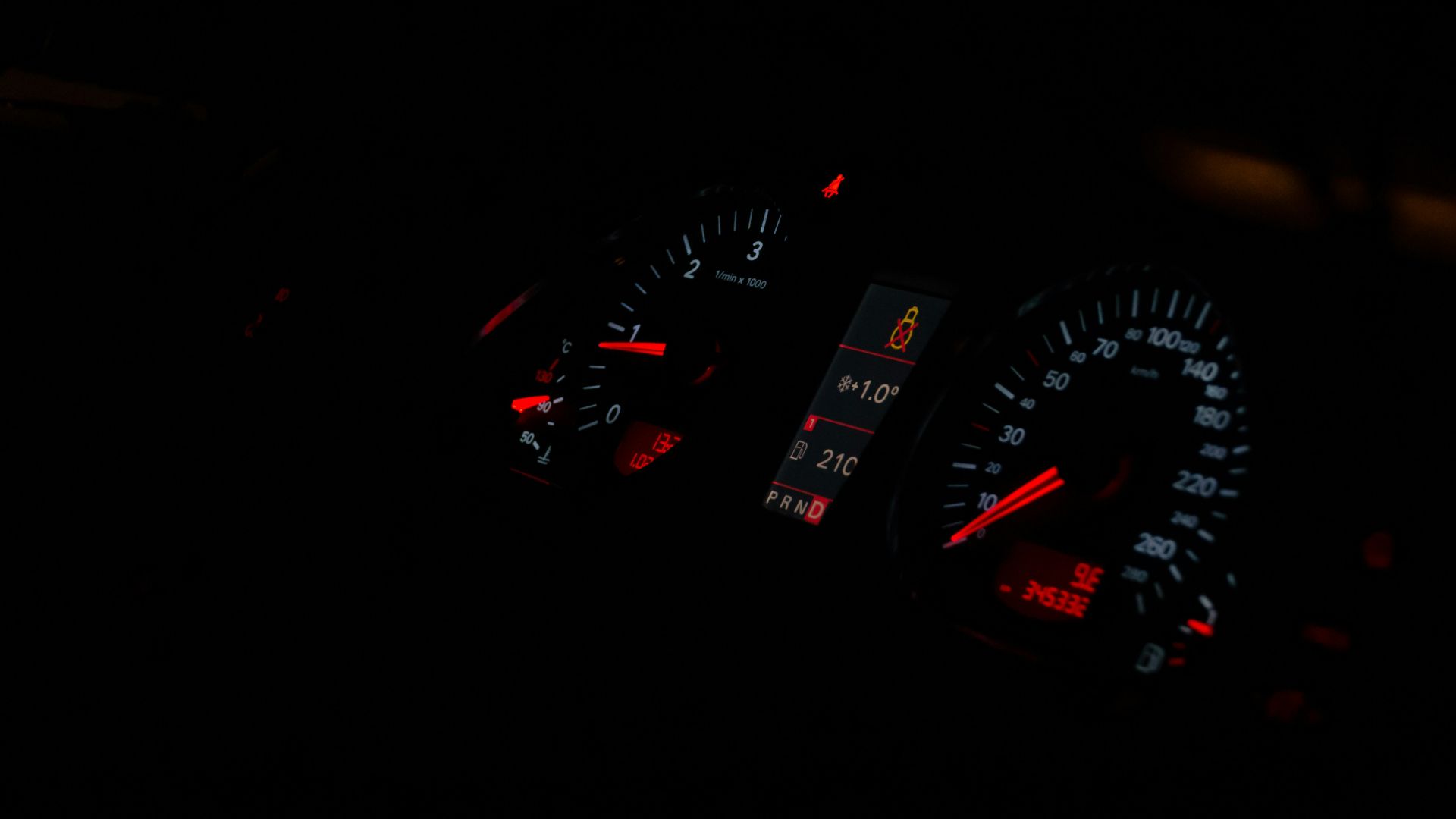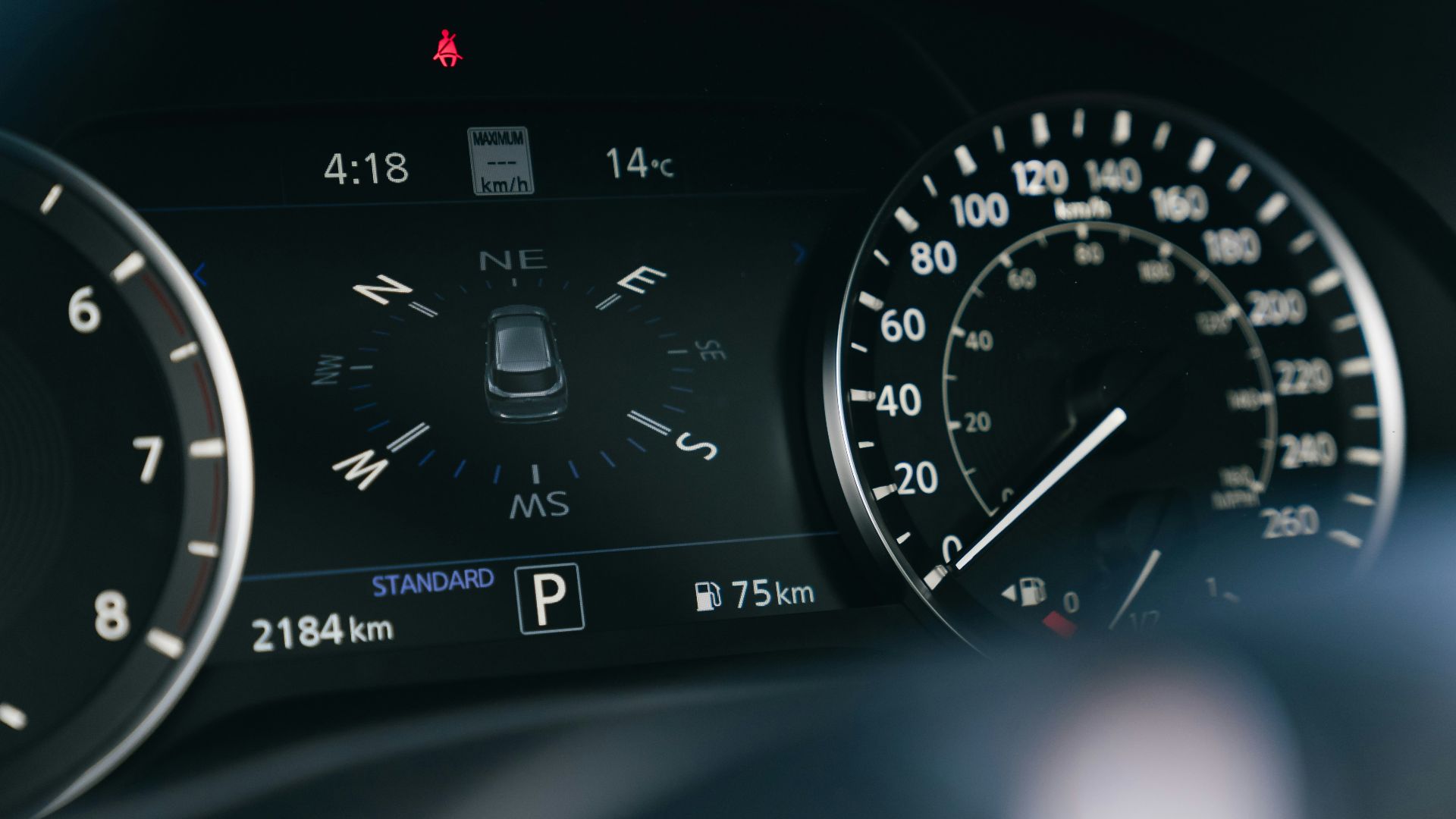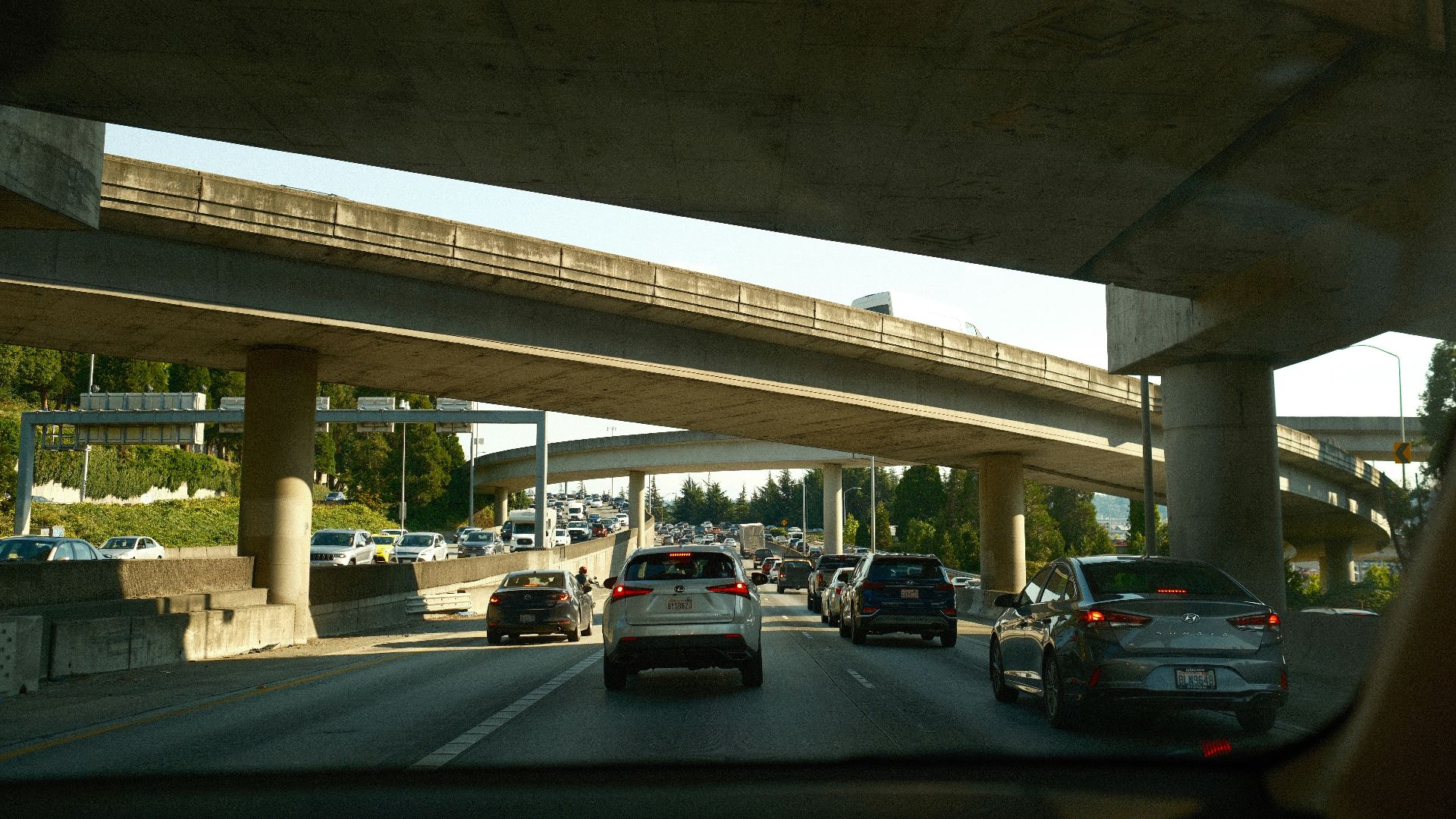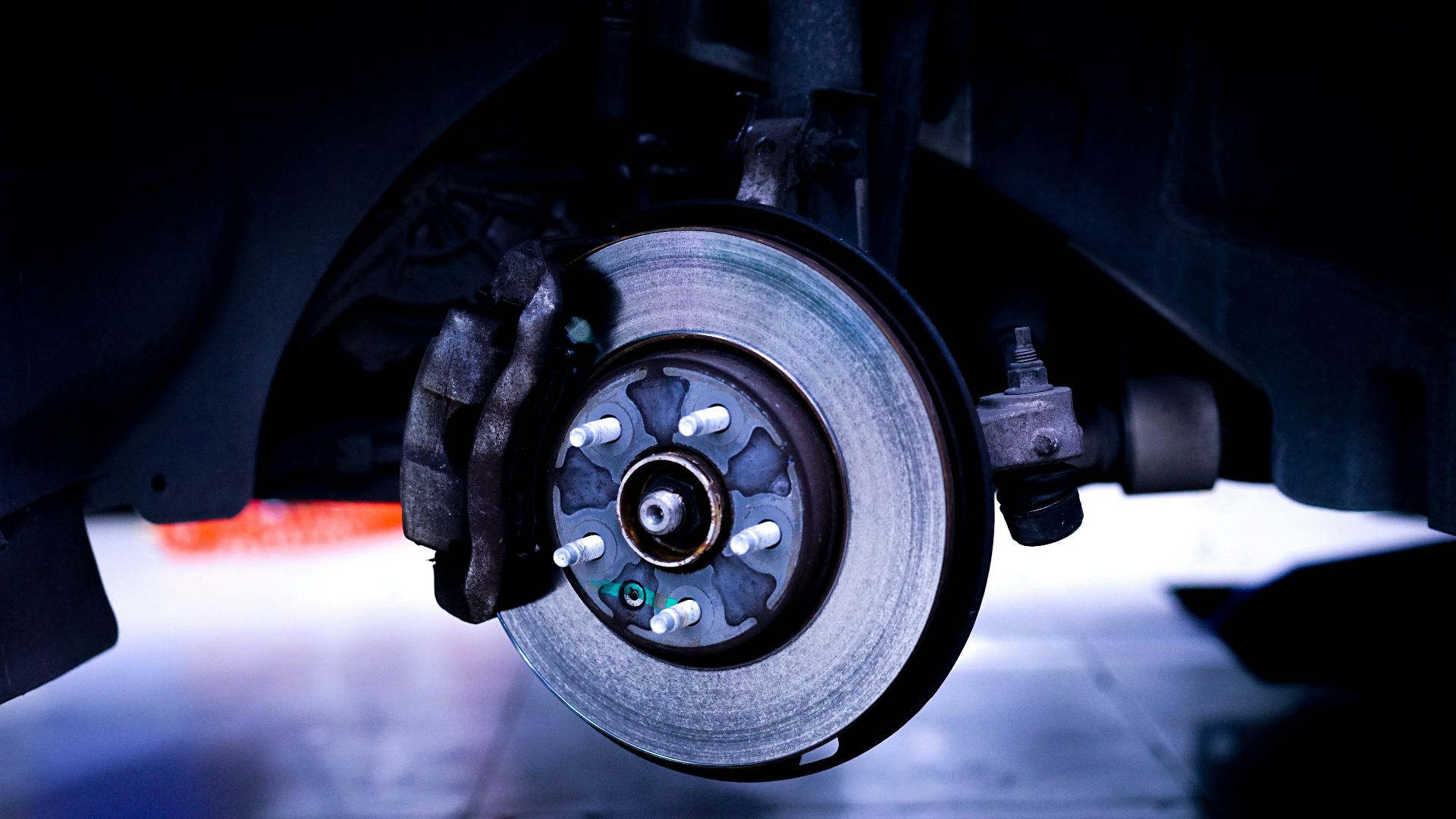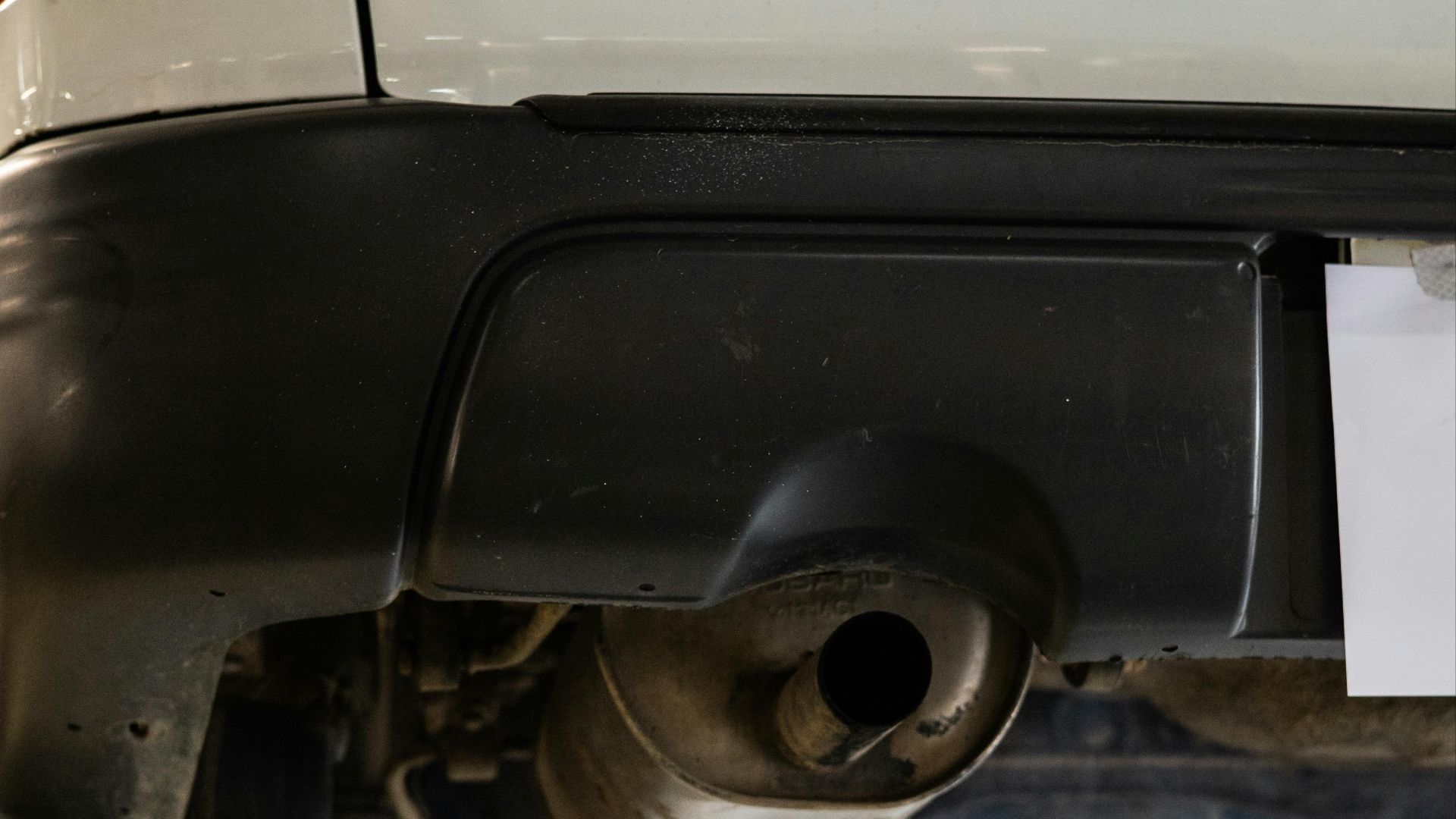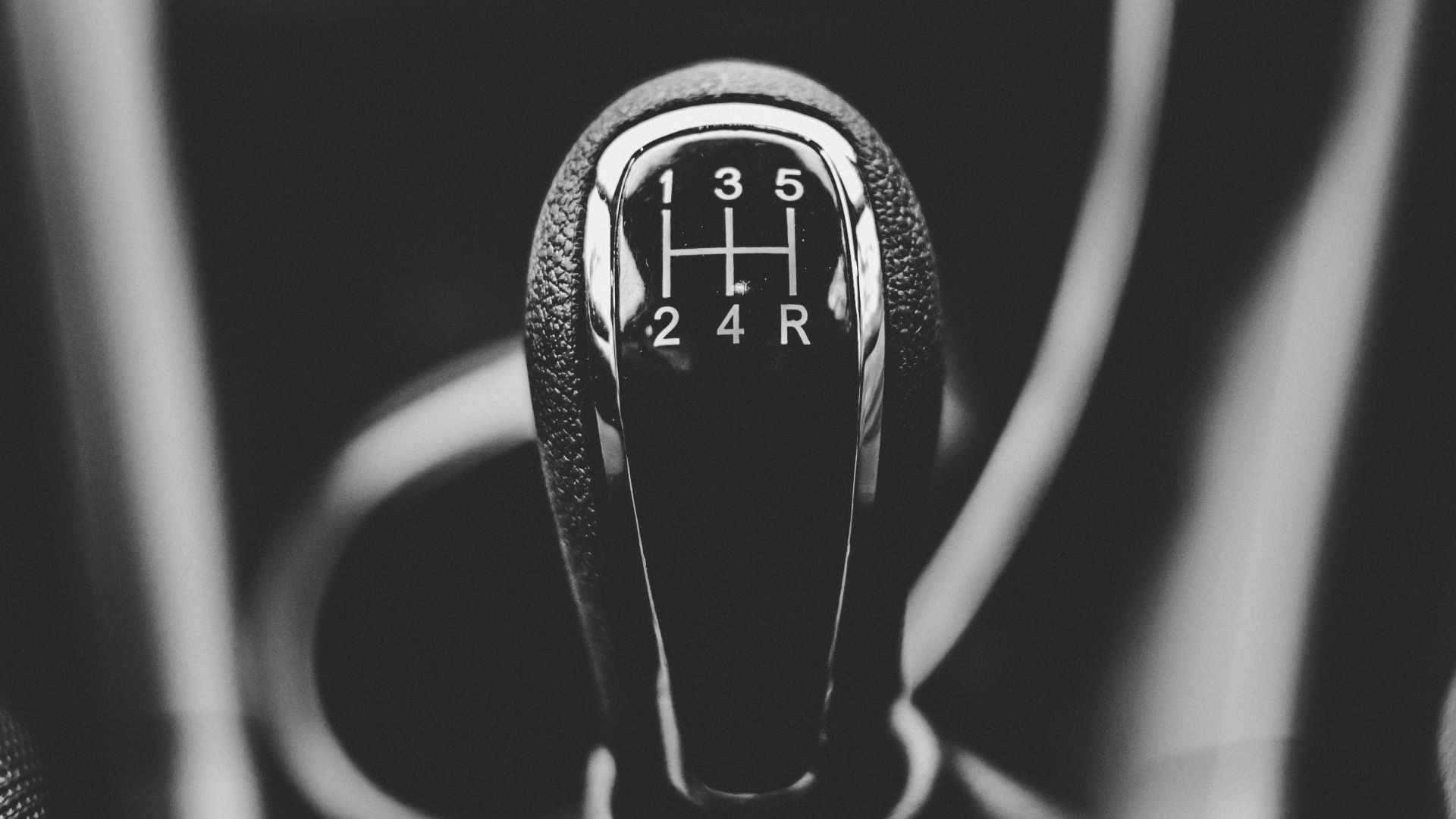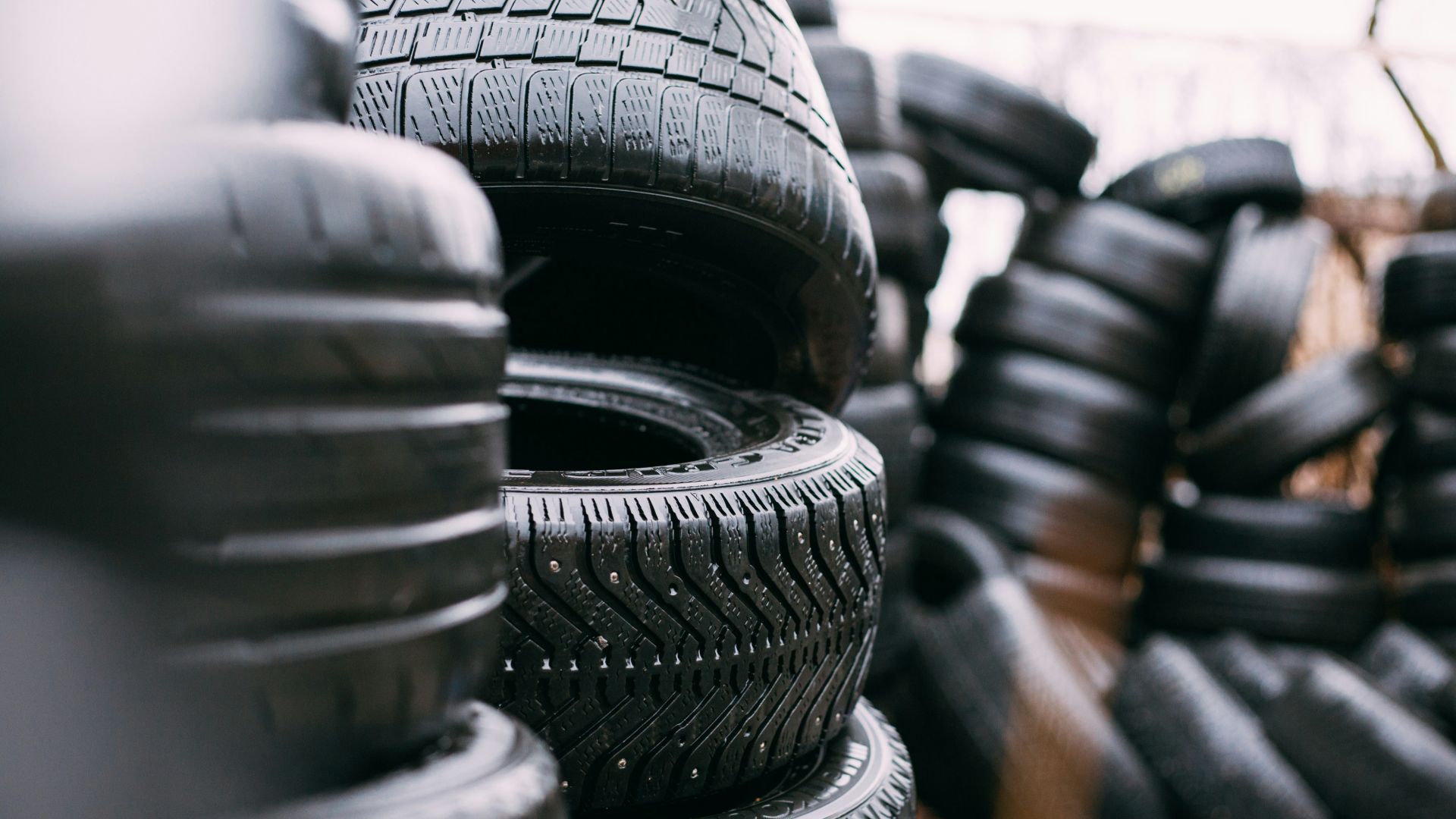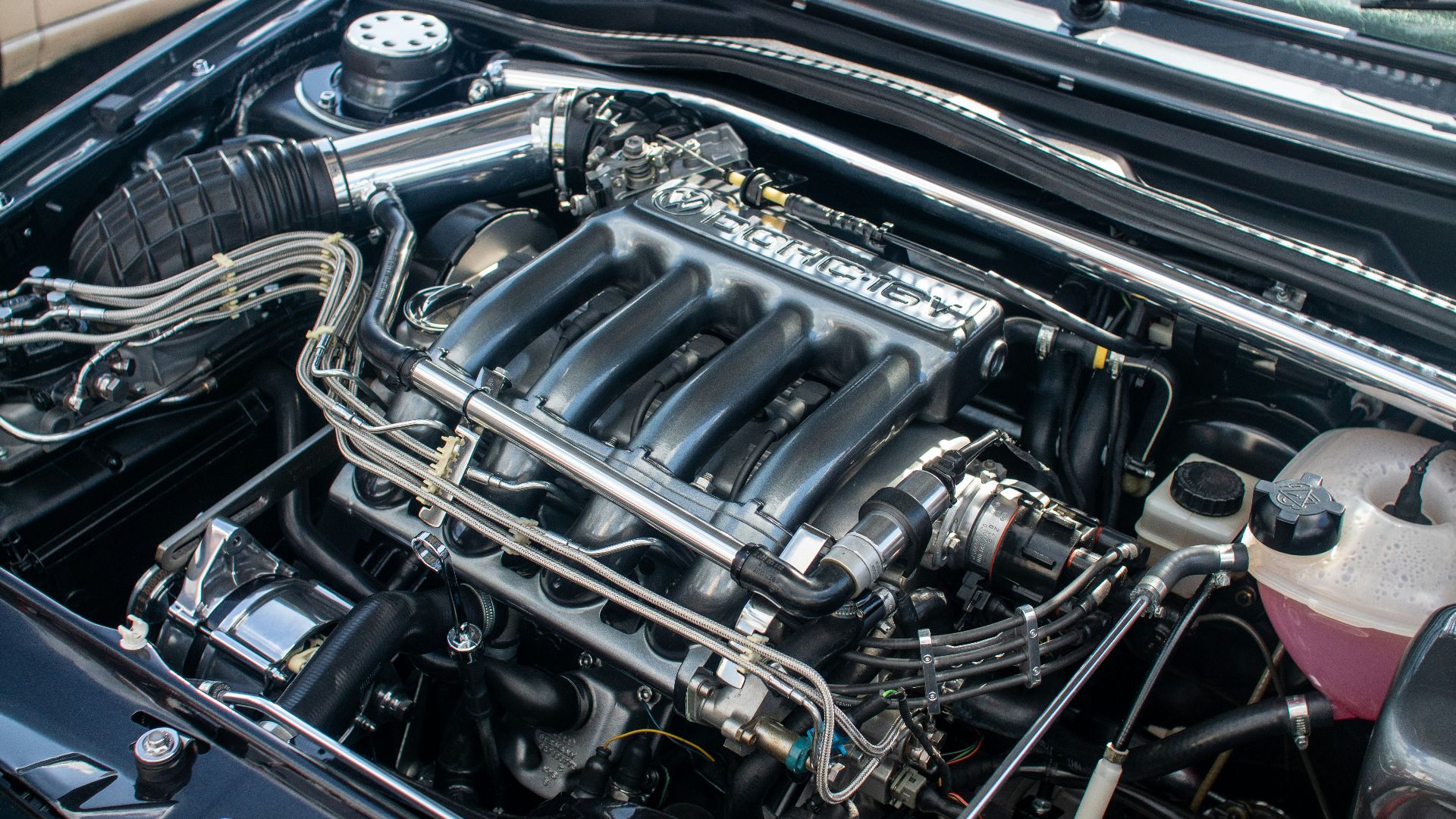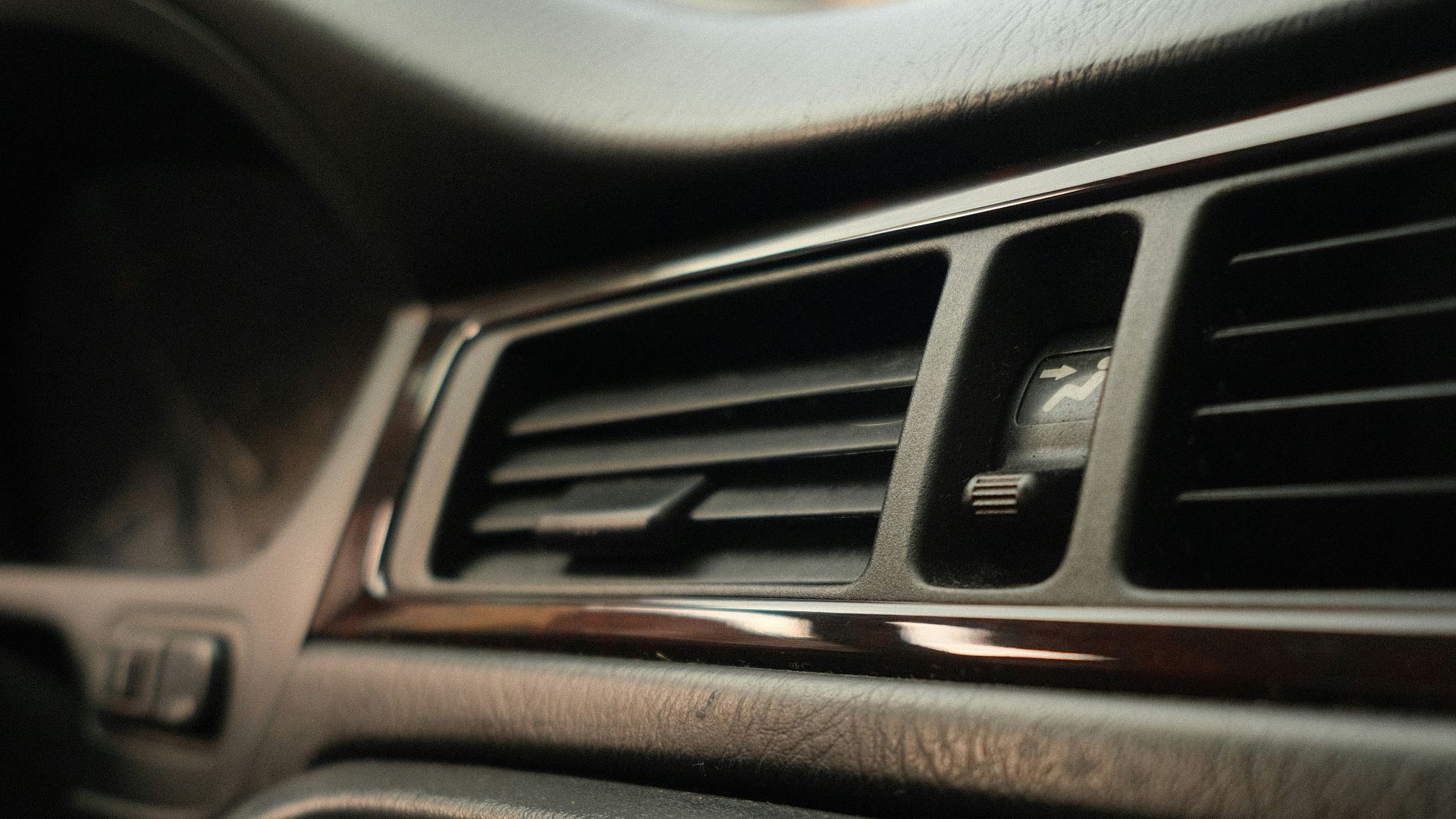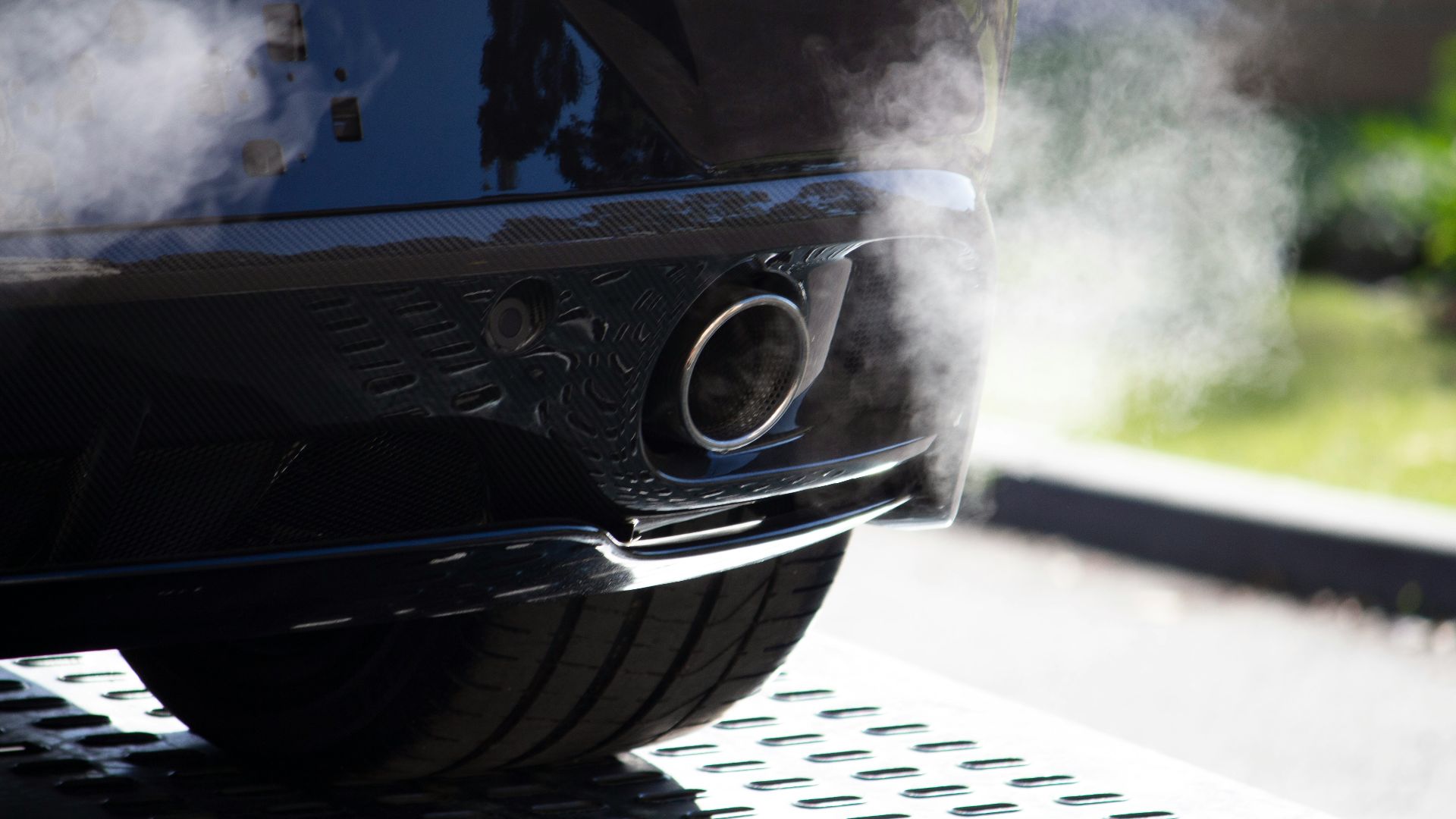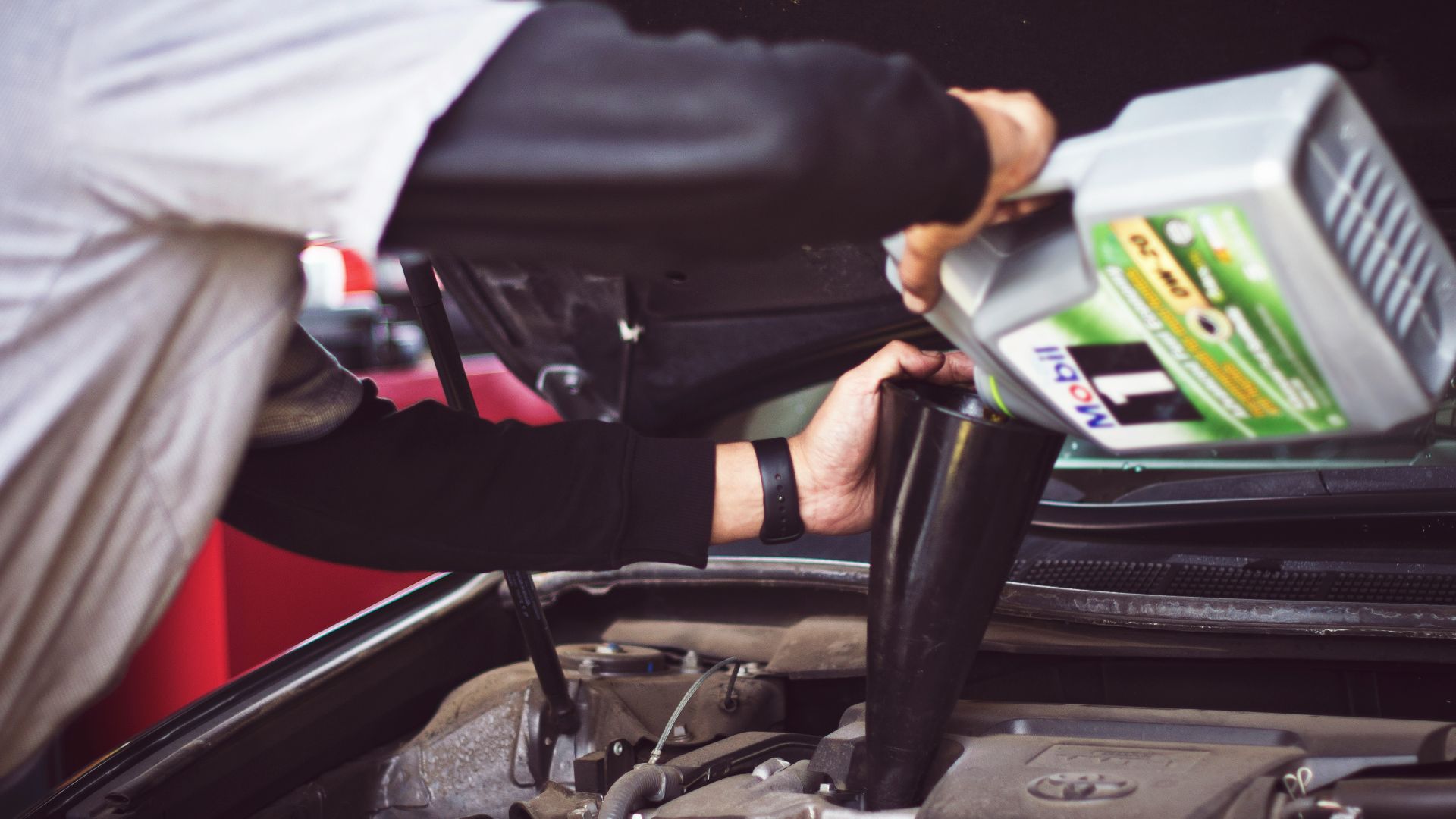Don’t Ignore The Noises
Whether you love them or hate them, cars are an everyday necessity for most people. But every day driving puts a strain on our mechanical friends, which is often lost on us if we don’t know what to look for. If you have some concerns about your vehicle or want to know what to look out for, read on.
1. Warning Lights
Pretty obvious, but you’d be surprised how many people ignore those pretty lights on their car’s dashboard. Yellow lights indicate caution, meaning you can keep driving but should get your car checked ASAP. Red lights indicate critical issues— like turning off the car before it blows.
2. Hearing Noises
It’s common for our cars to clunk from time to time, but any new, consistent noises shouldn’t be ignored. Any new sounds could indicate a variety of internal issues, from suspension issues, loose exhaust parts, or a problem with the transmission or motor.
3. Stalling
If your car unexpectedly shuts down on you, there are a couple of things you should be checking for. It could be as simple as a clogged fuel filter, which restricts fuel flow to the engine. It could also indicate that you have a problematic battery, alternator, or sensor issue. For manual drivers, shifting to a too-high gear or releasing the clutch too quickly could also cause your car to stall.
4. Bad Fuel Mileage
If you’ve noticed that you’re spending more than usual at the gas station, your car may be telling you it needs a check-up. Clogged air filters, faulty sensors, worn spark plugs, underinflated tires, or issues with the wheels or brakes can cause engine strain, leading to inefficient gas mileage.
5. Slow To Accelerate
Again, this mechanical issue likely stems from a problem with your car’s fuel, ignition, or exhaust systems. You can check your fuel filter sans mechanic, but if that doesn’t fix the issue, you should definitely go in for a tune-up.
6. Picking Up Bad Vibrations
If your car is shaking like a leaf when you’re idling, you’re likely dealing with loose engine mounts— the things that keep your motor and vehicle fastened together. You may also have dirty fuel injectors, spark plug or ignition coil issues, or a vacuum leak.
7. Car Is Pulling
This issue is not only annoying but also pretty dangerous. If your car is pulling to one side, you should definitely visit your mechanic, as it could be an issue with your vehicle’s wheel alignment, tires, suspension or steering components, or braking system.
8. Car Is Shaking
If your car is shaking while in motion or while braking, you should take it straight to a mechanic. This sensation could indicate you have a wheel or tire imbalance, warped brake rotors, or problems with your axles.
9. Brakes Are Grinding
You’ve heard the noise before: that ear-piercing shriek coming from a vehicle making a full and complete stop. This grinding noise definitely means you need either new brake pads or a brake rotor, or your car could have a faulty wheel bearing. Regardless, ignoring the issue can lead to brake failure, putting you in a potentially dangerous situation.
10. Exhaust Smell
If your car’s exhaust starts to smell like rotten eggs or sulfur, it likely means you’re having converter issues. If it smells like straight gasoline, you probably need to change your air filter or check your oxygen sensor. If you start to smell exhaust inside your vehicle, you’re dealing with an exhaust leak— this can cause carbon monoxide poisoning.
11. Issues With Shifting
An automatic car saves you the trouble of shifting gears, but what happens when the car starts to struggle when trying to shift? If your car is jerking as you try to speed up, you should take it to a mechanic right away, as it could mean you have a problem with your transmission, air intake system, or ignition system.
12. Braking Takes More Force
If you’ve noticed you have to really push on the brakes to get your car to stop properly, your car may need more brake fluid or new brake pads. If that doesn’t solve the issue, you may have a more complex problem, like a faulty brake booster, issues with your master cylinder, or warped brake rotors.
13. Quick Tire Check
While your mechanic will let you know when it's time for new tires, it’s a good idea to keep an eye on them between checkups. Keep an eye out for cuts, bulges, or cracks, as they can lead to bigger problems down the road. You can also do the “quarter test” to check the tire treads.
14. Misfires
If your car is shaking, stuttering, or suffers a loss of power when accelerating, you’re probably dealing with a misfire. Misfires occur when an engine cylinder fails to ignite properly and should be dealt with immediately.
15. The Tech Isn’t Working
We rarely know what’s going on with our engine, but we sure know when our windshield wipers or radio isn’t working. If you’re having tech problems, you may have a blown fuse, faulty wipers, or mechanical issues.
16. Bad Airflow
If you’re noticing poor performance from your heating or A/C system, or start to get a musty smell in the cabin, you’re struggling with poor airflow. It probably means you need to replace your air filter. If that doesn’t fix the issue, you should get your vehicle’s radiator, condenser, or blower motor checked out.
17. Leaking
A car dripping water is common, thanks to condensation. Other leaks, however, indicate an internal issue. Yellow or green-colored leaks mean antifreeze/coolant leaks, red or pink is transmission or power steering fluid, blue is often windshield wiper fluid, while light brown or black is oil or lubricant.
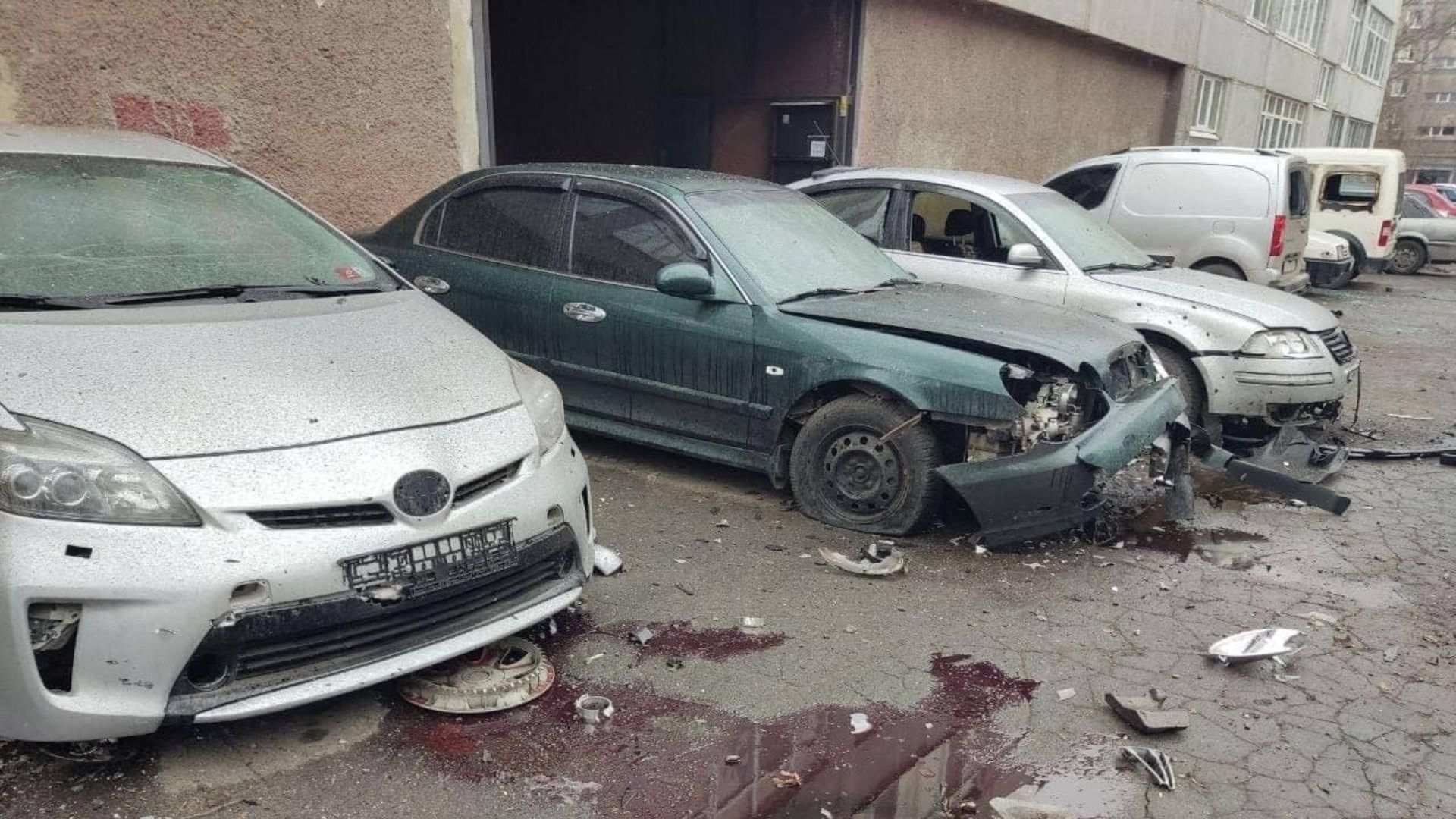 Міністерство внутрішніх справ України on Wikimedia
Міністерство внутрішніх справ України on Wikimedia
18. Dirty Oil
You should be checking your oil pretty regularly to ensure your car is running as smoothly as possible. If your car’s oil is dark, thick, or gritty, it means you’re due for an oil change.
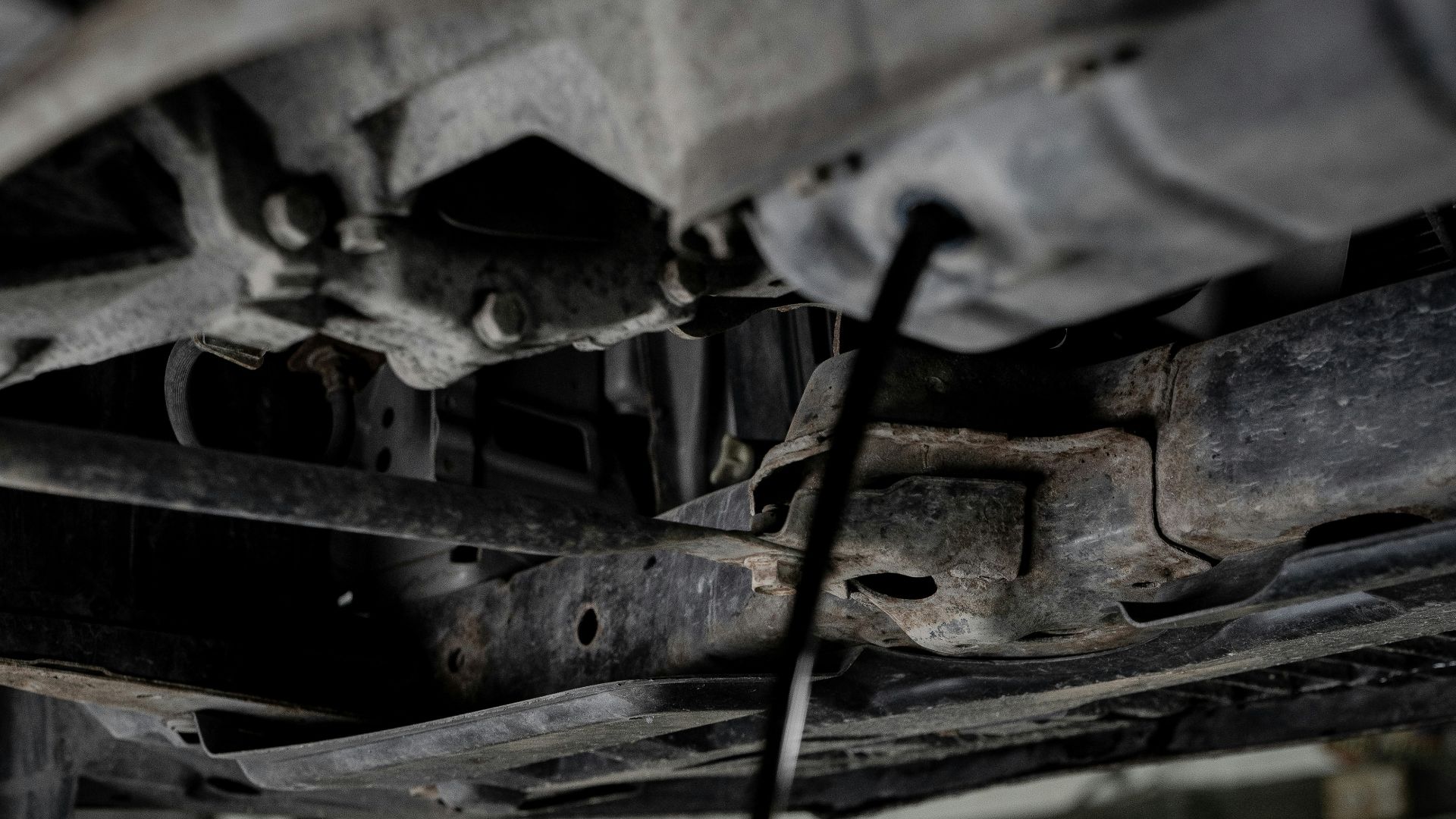 Jimmy Nilsson Masth on Unsplash
Jimmy Nilsson Masth on Unsplash
19. Fails An Emissions Test
If your car fails its emissions test, it means your vehicle is releasing more pollutants than legally allowed. There are several common causes for failing the test, all of which require a trip to the mechanic.
20. Check Your Intervals
The best way to keep your car running smoothly is to keep up with maintenance intervals. You can do this by checking the owner’s manual and regularly scheduling appointments with your mechanic.


